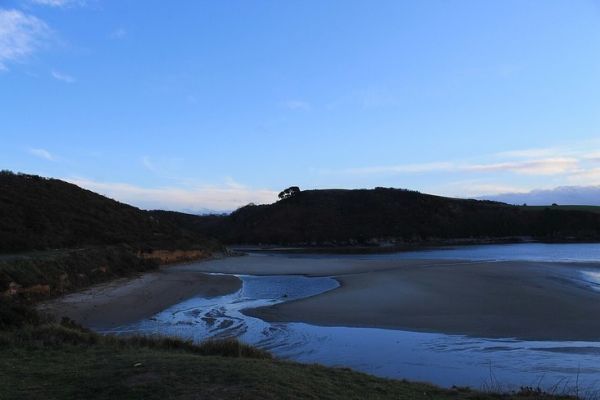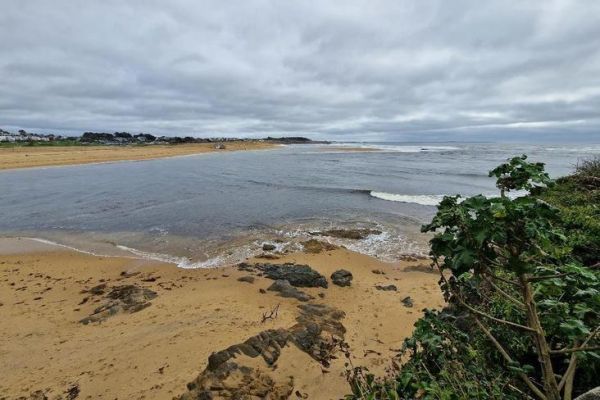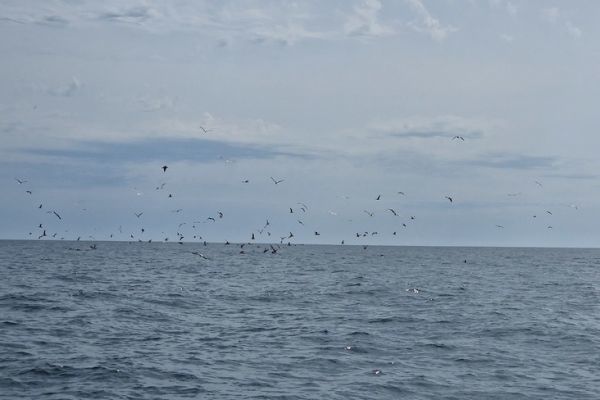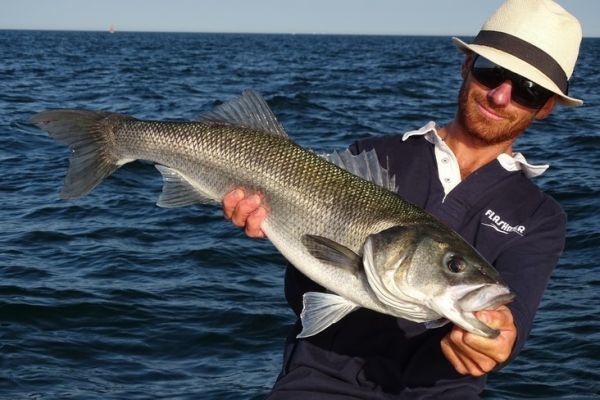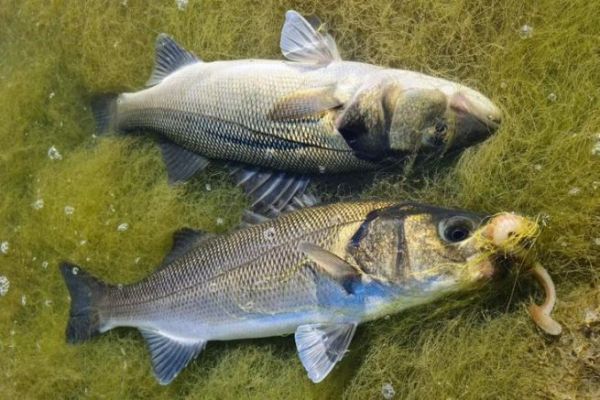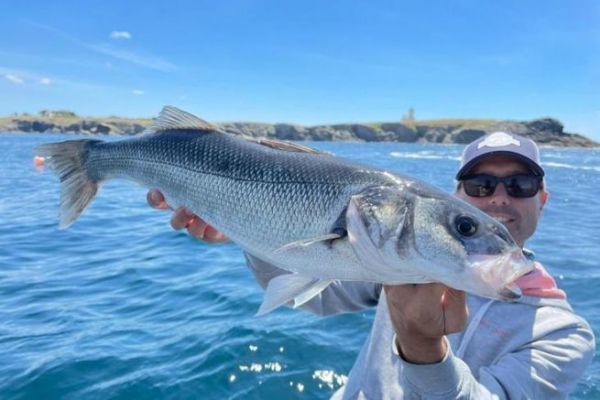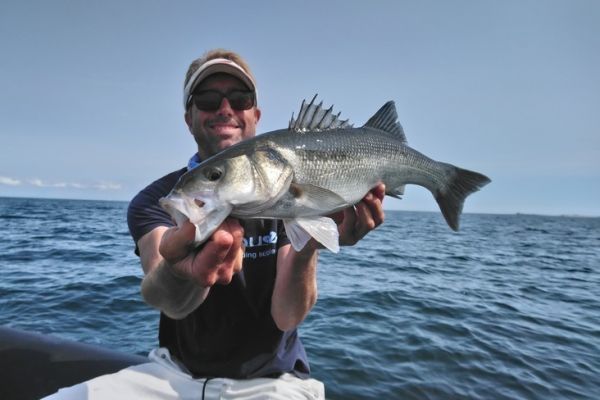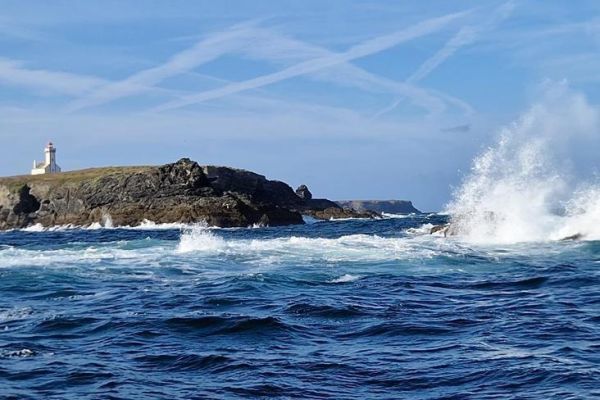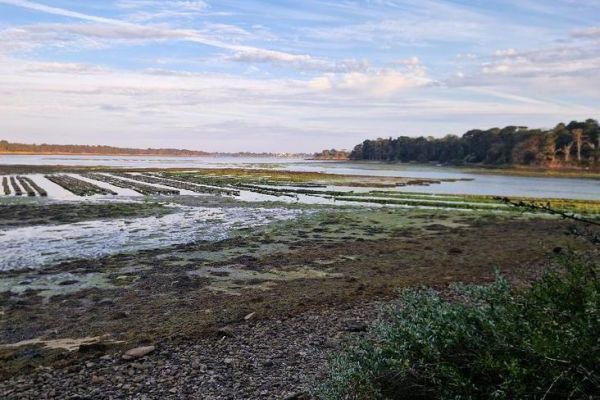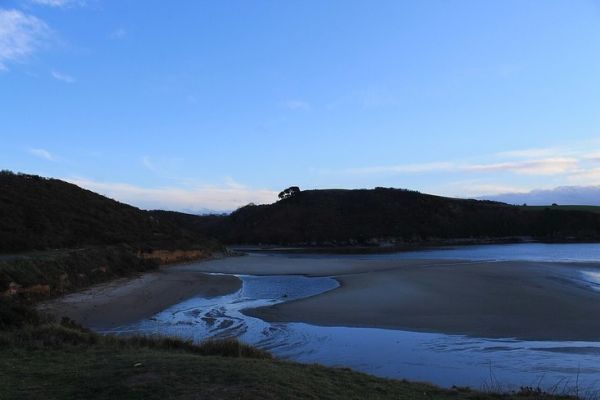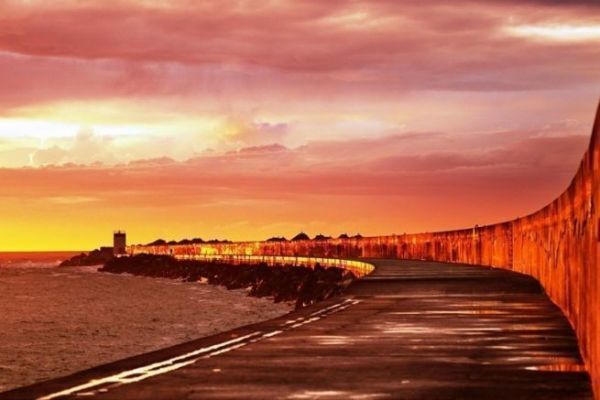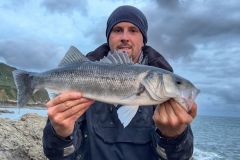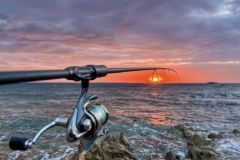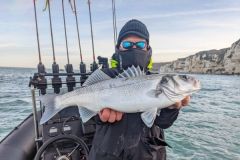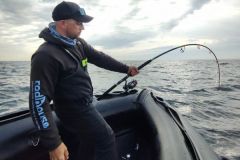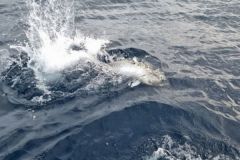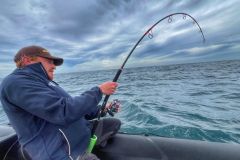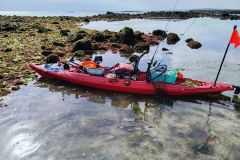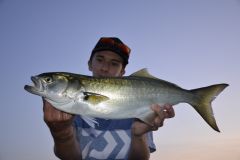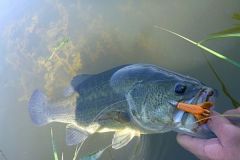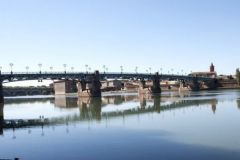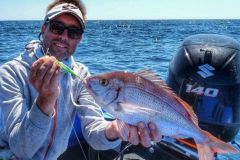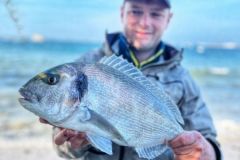Why fish river mouths?
The mouths are key spots for sea bass anglers on the shore, and the number of sea bass anglers in the area will quickly confirm this.
These spots are excellent all over the world for finding predators for two main reasons:
- The first is that they are an essential passageway for all marine fauna wishing to enter or leave the estuary. Thus, small fry, as well as sea bass, must inevitably use this passage to feed or stay in the rias and abers, but will also be able to intercept food passing through.
- The second reason is the abundance of food that flows with the tides, either rising to enter the estuary or falling to leave it. The relief and movement of the sandbanks create veins of nourishing currents, but also calm zones where debris and micro-organisms accumulate.
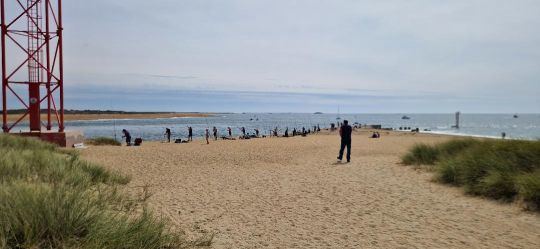
Which ones to fish for?
The most obvious answer is all of them, since there are not that many mouths along the coast, let alone in a defined fishing area. Nevertheless, the smallest estuaries with mouths only a few metres wide will undoubtedly yield good catches, but will hold large concentrations of predators with less regularity. On the other hand, larger estuaries are difficult to exploit, as many spots or hunts are out of casting range.
The ideal estuaries are between 50 and 150 metres wide, if you're lucky enough to have a choice!

Safety first
Mouths are areas where currents quickly become very powerful, and whose physiognomy changes over the course of weeks and at the whim of storms if they are made of sand or gravel. In fact, sandbanks move, and it's important to keep your footing when wading.
When boating, mouths are often subject to large and dangerous waves if the wind and swell are on their side. These are always places requiring experience and caution...
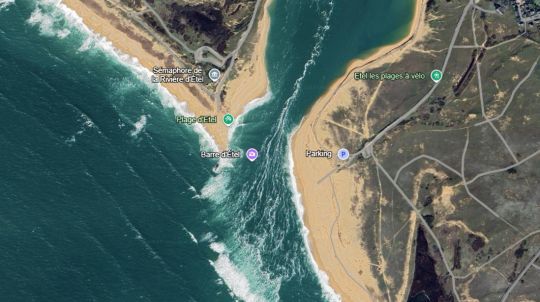
The strategy
When you arrive on the estuary, the first thing to look for is birds. This is a place where hunting explodes on a regular basis, and you need to be observant and look for them first.
Next, observe the veins of water that appear on the surface and identify the most powerful ones, which are often a sign of food supply, and the calmer zones. The border between the two is often a strategic zone.
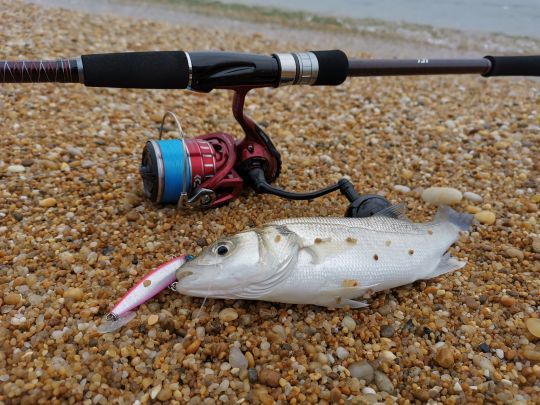
The right equipment
On this type of spot, you'll regularly need to cast a long way, so I suggest you opt for a long rod (between 2m40 and 3m) with a power rating of between 10 and 40 g and a 3000-size reel fitted with 8-strand PE1 braid to enhance glide.
Casting jigs are indispensable for these areas because of their ability to be catapulted very far and thus reach the most distant hunts. However, you'll need to supplement your box with jerkbaits to fish fast in the water layer in search of active fish, as well as shads and slugs to fish scratchily downstream.
If the activity is not visible, sea bass are nevertheless often present in the area and methodical fishing will enable you to locate them.

 /
/ 